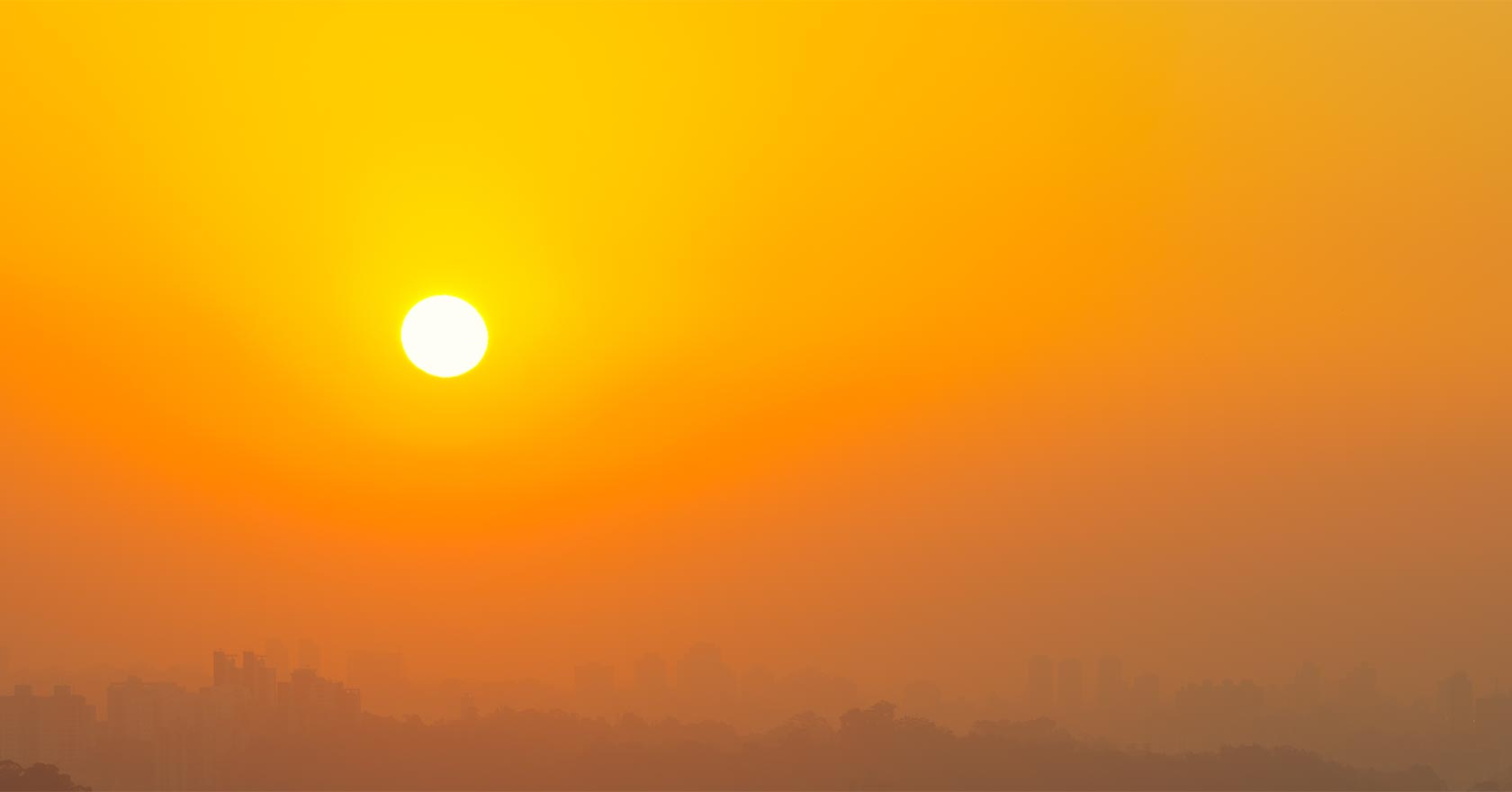In parts of Eastern Canada and the Northeastern U.S., June started on an odd note. An orange hue mixed with a haze and scent of burning wood filled the sky. Wildfires in Canada sent smoke and particulate matter down wind streams, tanking air quality for millions. Now, parts of the Great Lakes and Midwest in the U.S. and Canada are under the same duress.
Wildfire season is well underway, and it’s possible that favorable fire conditions in Canada will make these smokey sky events somewhat common this North American summer.
These conditions create an unhealthy environment, and are most certainly a worthy emergency. So what can emergency managers do to prepare for these extended poor air quality incidents?
Sources of Poor Air Quality
Wildfires are the most relevant scenarios that create poor air quality, but they are just the biggest member in a small group.
Active volcanoes and volcanic eruptions can also fill the air with smoke and dangerous particulates, in addition to their more dangerous characteristics. Man-made disasters are also culprits. Uncontrolled infrastructure demolition can generate very unsafe air, too. Factories, power plants, and pollution can burn and fill the air with aerosolized chemicals and smoke as well.
Some of these situations call for more urgency and stronger safety measures than others. Aerosolized chemicals should spur speedy evacuations, whereas heavy hazes from fires may warrant curfews or limited use of roads.
The Health Impacts of Poor Air Quality
Exposure to smokey air and particulate matter is a major health risk for everyone, and especially so for groups that suffer from respiratory conditions like asthma.
Overall, anyone exposed to smokey, polluted air can experience eye irritation; sinus irritation and infections; get headaches; have difficulty breathing; develop throat irritation and a persistent cough; fatigue; chest pains; and asthma attacks.
Everyone knows smoke inhalation is bad for their health. Smoke is very easy for the naked eye to spot in a closed environment, but some may struggle to notice its presence in open air. Others may just miss the news and current events. For either scenario, local governments and their response stakeholders should build pathways for getting the word out to the general public and providing access to resources citizens can use to protect themselves in these unusual scenarios.
Planning for Low Air Quality Events
First, find or create resources citizens can use to protect their health.
Infographics and flyers help convey the message succinctly and ease into news broadcasts and social media well. If you don’t have the ability to create these yourself, a number of organizations and agencies, like the CDC, will produce assets you can also use.
Second, identify stakeholders and other valuable players. Police, fire departments, municipal communications, and mayor’s offices are all good groups to leverage. Before any incident starts, create relationships with these groups to break down potential hurdles and solidify processes.
What’s most important is exactly how the situation impacts your particular jurisdiction. As we stated above, it may be best for you to close certain roads, institute curfews, or implement other safety measures. Anything you enact needs to become public knowledge, which begs for established mass notification.
If your EOC has a ENS or mass notification tool, try to template out these messages to cut the downtime between the decision and dissemination of the information. Additionally, you can write general messages about the situation for the public, coupled with advisory information and important links.
One More Preparedness Plan
Fire-friendly conditions, plus standard wildfire season, means poor air quality events could be somewhat common this year. Emergency managers in parts of Canada, the Northeastern U.S., Midwest, and West Coast already have experience in these bizarre situations, but it’s worth the time for EMs everywhere to build response plans for these conditions.








